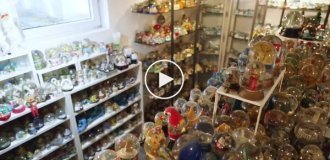Ancient technologies that cannot be explained (10 photos)
Modern scientists have managed to unravel many mysteries of the past. However, there are still inventions made by our ancestors, which remain unexplained. 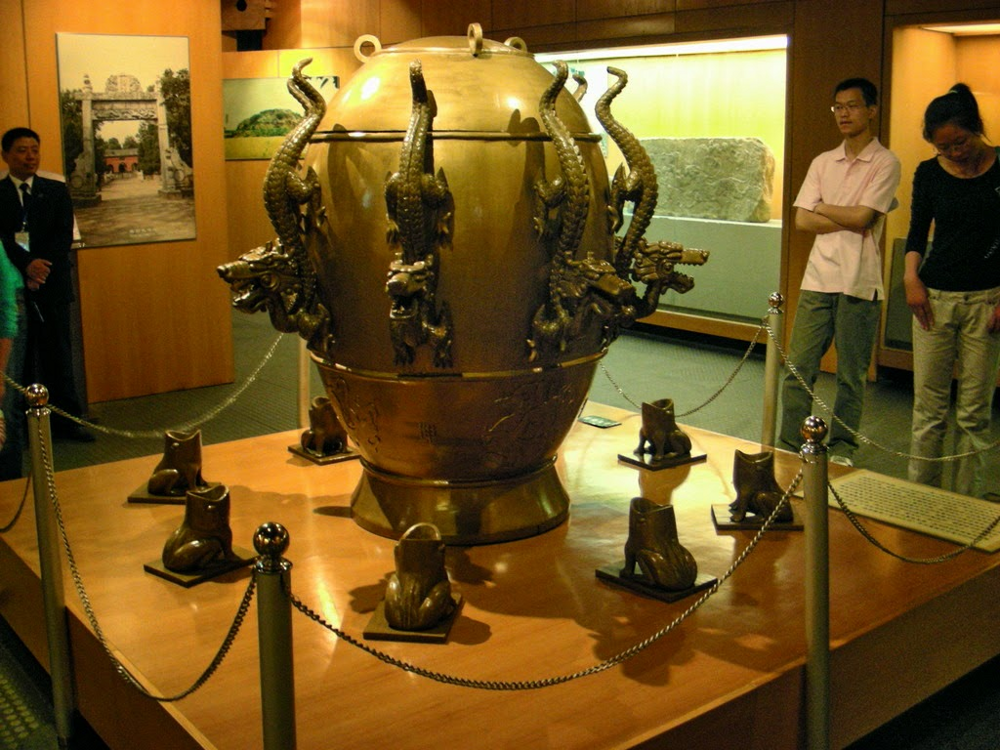
For example, did you know that Dashkin's stone, whose age is estimated at 120 million years, is considered a fairly detailed map Ural? Or that nanotechnology was probably used as early as the 4th century ad?
So if you're ready to discover these and more inventions, then make yourself comfortable. Here are some ancient technologies that defy explanation.
Chalice of Lycurgus
This ancient item, made by the Romans in the 4th century, hides a very unusual secret. In addition to its rare beauty and jewelry manufacturing precision, the main characteristic of the bowl is its color: it appears green when illuminated from the front, and almost red - if you illuminate it from the opposite side. You heard right, this an object can indeed change its color depending on lighting. 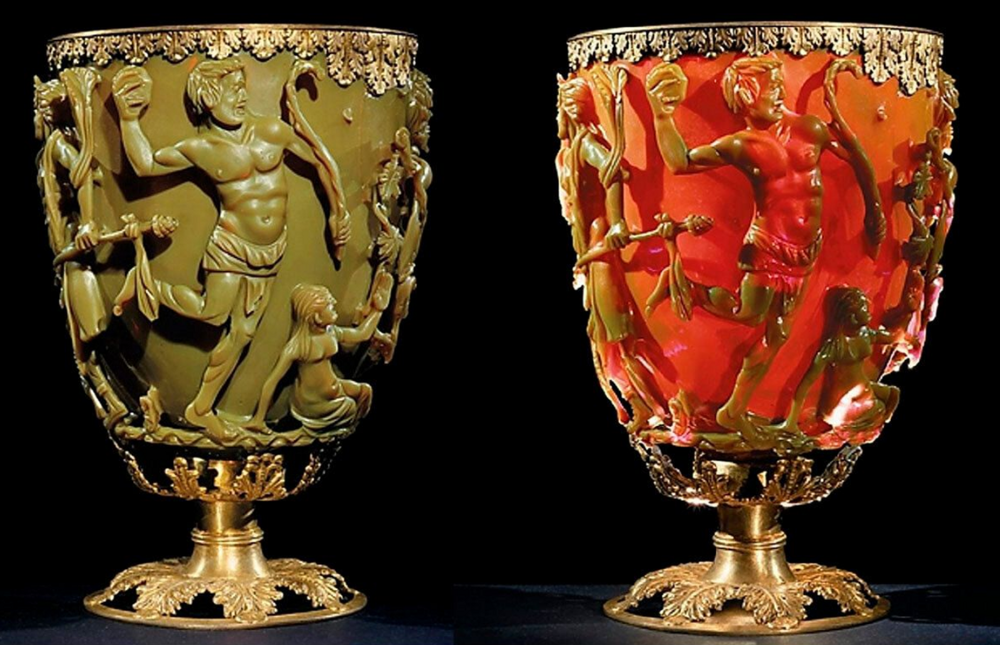
Chalice or Goblet of Lycurgus depending on lighting
After much research, it turned out that this cup was created by masters of the past using incredibly complex techniques, which today we call nanotechnologies. The reason is that it the creators added to the dichroic glass from which it is made, microparticles of gold and silver with a size of only 50 nanometers. For In comparison, a sugar crystal is 1000 times larger.
Anyway, this idea turned out to be a brilliant solution, since it is these tiny particles that are responsible for the scattering of light in such an unusual way. And, consequently, change the color of the cup itself. Initially, when scientists first discovered this cup, they came to concluded that the presence of these metals was just a coincidence.
However, this hypothesis was soon ruled out because they found that the sections on the goblet and its quality of processing indicate that that 1600 years ago the Romans were the first people to use nanotechnology in practice. The catch is that it is not clear how they made and where their equipment disappeared.
Chandar plate
Also known as the "Dashkin Stone" or "Map of the Creator", she is a mysterious object that puzzled researchers since its discovery in 1999. 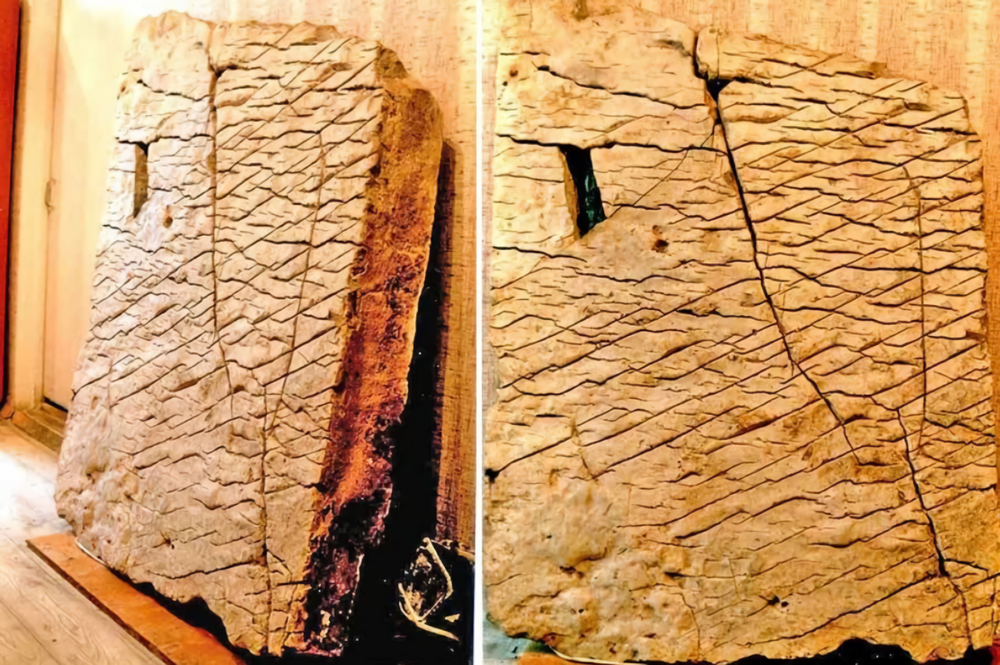
Chandara Slab, Dashkin Stone, or Shaper's Card
The reason is that, according to some researchers, this the stone is a three-dimensional map that depicts the Urals, and more precisely, Bashkiria, as it was 120 million years ago. That is, in dinosaur times.
This map shows the outlines of the region's rivers, irrigation system and dams. There is also something similar to hieroglyphic inscriptions of unknown origin, which never succeeded decipher. 
Stone map of Bashkiria on Dashkin Kamen
But the most amazing thing is that this map could have been drawn only according to aerial photography. Thus, this discovery may serve as evidence that in the Lower Cretaceous there was ancient and highly developed civilization.
However, scientists are very skeptical about such statements. Some even believe that the map is only 3,000 years old, while while others dispute the very existence of a map on the stone. That's why discussions around Dashkin's Stone continue.
Greek fire
Greek fire was a formidable weapon during the medieval times. wars. This fire, used mainly at sea, was pioneered by the ancient Greeks. applied as early as 424 BC. e. Its main feature was that he could not go out, even when in contact with water. 
The use of Greek fire on the "Chronicles" of John Skylitzes
Apparently invented by an architect and chemist Callinicus, Greek fire was widely used by the Byzantine civilization. Thanks to this unusual weapon, they even managed to repel the attacks of their enemies for several centuries.
Having acquired such importance for the empire, Greek fire became a state secret. Therefore, it was decided to split it cooking in several stages so that information about the recipe does not get into the hands of enemies or spies. So few people knew all of it Ingredients. 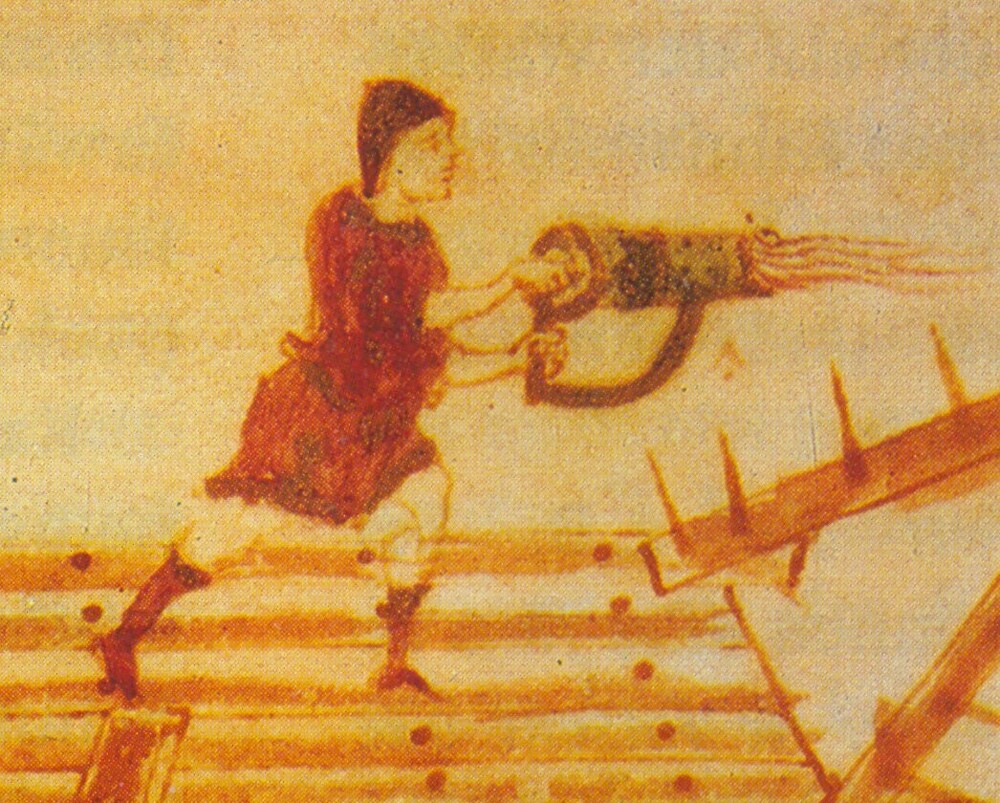
A fragment of a miniature of the Polyorcetics, which depicts a hand-held cheirosiphon (cheirosiphōn) for throwing fire at 25-30 meters
Therefore, together with the later Byzantine Empire the recipe for this combustible mixture also disappeared. Since then, many scientists, fascinated this weapon with mysterious properties, conducted more than one study, trying to find all the constituents of the mixture, but without success. Even today no one does not exactly know the recipe for creating Greek fire.
Zhang Heng's seismoscope
It is widely known that an instrument that registers earthquakes and called the seismograph was invented in 1703. However, few knows that the Chinese Zhang Heng back in the 2nd century AD. was created seismoscope, which made it possible to detect tremors in the earth's crust.
The latter can be called one of the greatest scientists of his time: poet and astronomer, cartographer and geographer, Zhang Heng created, in fact, futuristic invention. 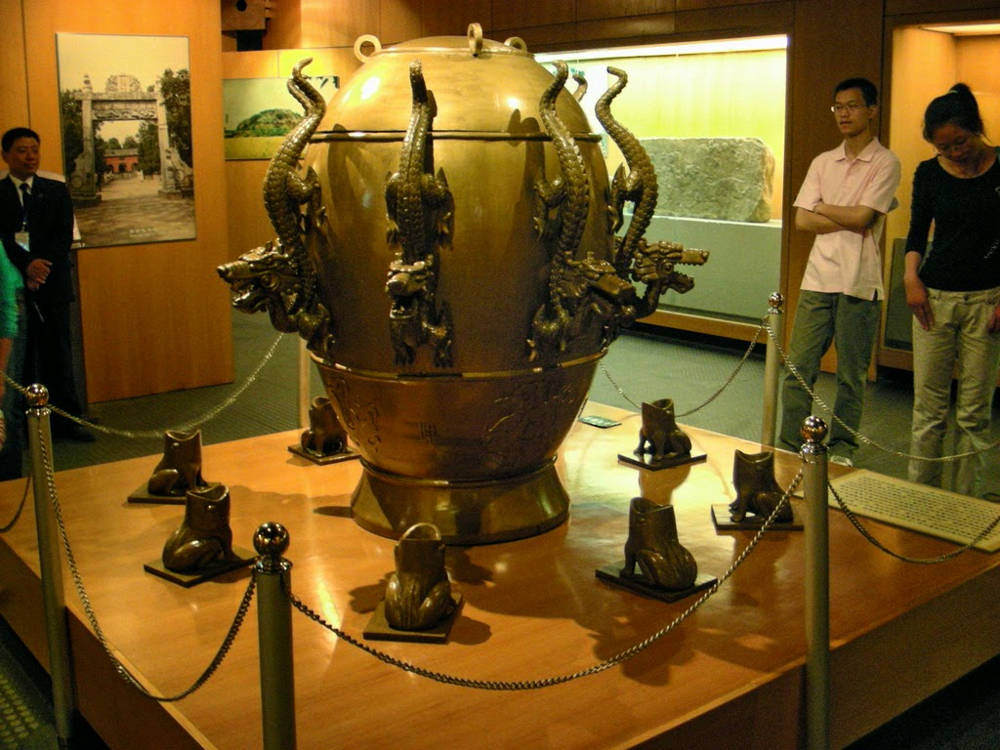
Modern model of Zhang Heng's seismoscope or "earthquake weather vane"
Along the perimeter of the jug-shaped body of this bronze seismoscope, about 1.8 meters high, there were eight dragons, and in a metal ball was located in the mouth of each. Under each of the dragons there was a container in the form of a toad with an open mouth.
So, during the tremors of the earth, the mouth of the dragon, oriented in side of the epicenter of the earthquake, opened and released the ball, which, getting into the mouth of a toad, made a loud sound, signaling the impending threat.
The most amazing thing is that this seismoscope is excellent functioned. Scientists even put it to the test, creating conditions close to a real earthquake. They found that the accuracy of this ancient technology is comparable to the accuracy of modern seismographs.
So what's the mystery, you ask? The point is that so far It is still unknown what was inside this device. As it appears, a certain pendulum or similar device was located there, reacting to the trembling of the earth and forcing the dragon's mouth to open and release ball. Therefore, one can only wonder how Zhang Heng was able to create such sophisticated and precise technology.
Swords of Ulfbert
Even despite the relative mass character of these swords Carolingian type, they were still very unusual for their time. Used in Scandinavia in 800 and 1000 AD, these swords were made from steel containing far more carbon than anything other swords of that time. 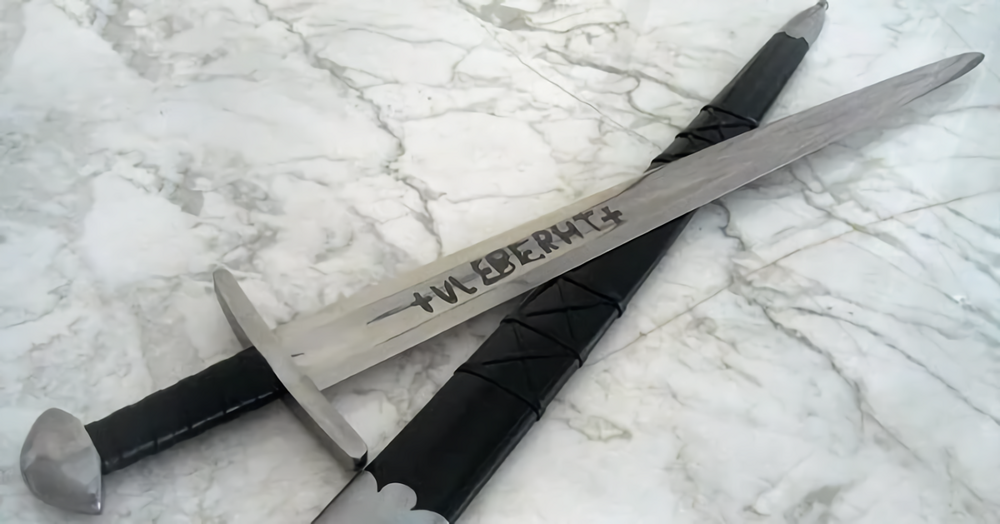
Reconstruction of Ulfbert's sword
This gave them extraordinary hardness and at the same time elasticity. They held up very well and didn't break or break. stuck. In addition, they were easy to remove from the enemy shield. All this allowed the attacker to have a superior impact force compared to his opponents.
Because of these features, Ulfbert's sword makers were considered people with magical powers. It is possible that this was the case, because that the composition of the metal of this sword is so mysterious that until now baffles archaeologists. 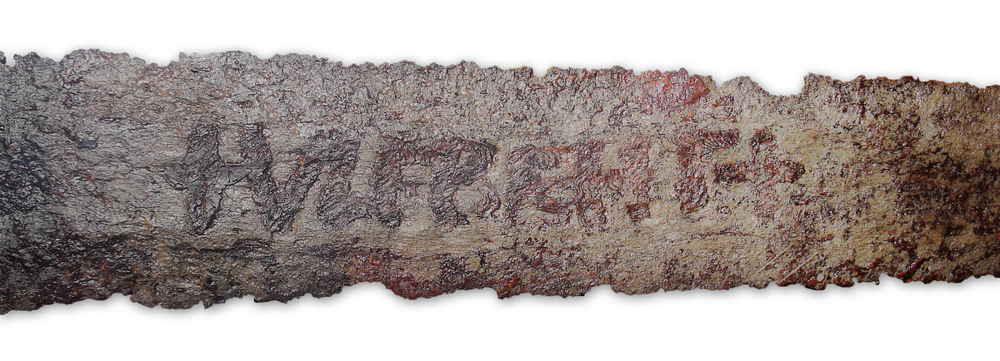
"Ulfbert" inscription on a sword from the 9th century
Medieval technology, in principle, could not allow create such perfect weapons. Moreover, these swords were forged from steel, the quality of which was reproduced in Europe only after industrial revolution.
Therefore, the origin of the metal leads researchers to complete bewilderment. It should be mentioned that many fakes have been found later years, which were noticeably inferior in their characteristics Ulfbert's original sword with the appropriate brand. This leads to the idea that the technology of its manufacture disappeared just as suddenly as it appeared.
Lens of Nimrud
Apparently, this is the oldest ever discovered optical instruments. This impressive find dates back to around 7 century BC. Since its discovery by Henry Layard in 1845 year in Kalhu near Nimrud (Mesopotamia), this lens intrigued everyone researchers.
The lens is made of rock crystal and has a plano-convex a shape close to an oval. It is not clear how it was made and polished, I especially take into account the technologies that existed then. But what else causes more controversy: how was it used? 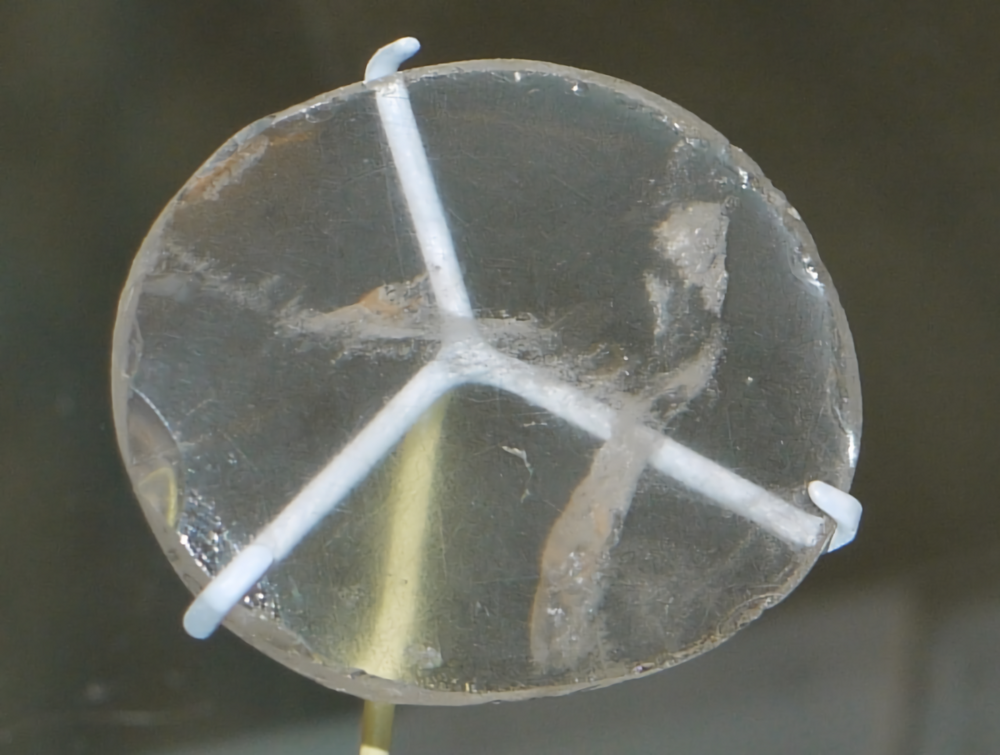
Nimrud lens or Layard lens
It is still not clear what exactly the lens could be used for. Nimrud. But one thing is certain, this item was made with remarkable accuracy for its time. ResearchDavid Brewster convinced that the lens was intended to concentrate the sun's rays or for use as a magnifying glass.










